Experiencing the Grandeur of the Grand Canyon
Recently updated on January 17, 2025
Total words: 2621
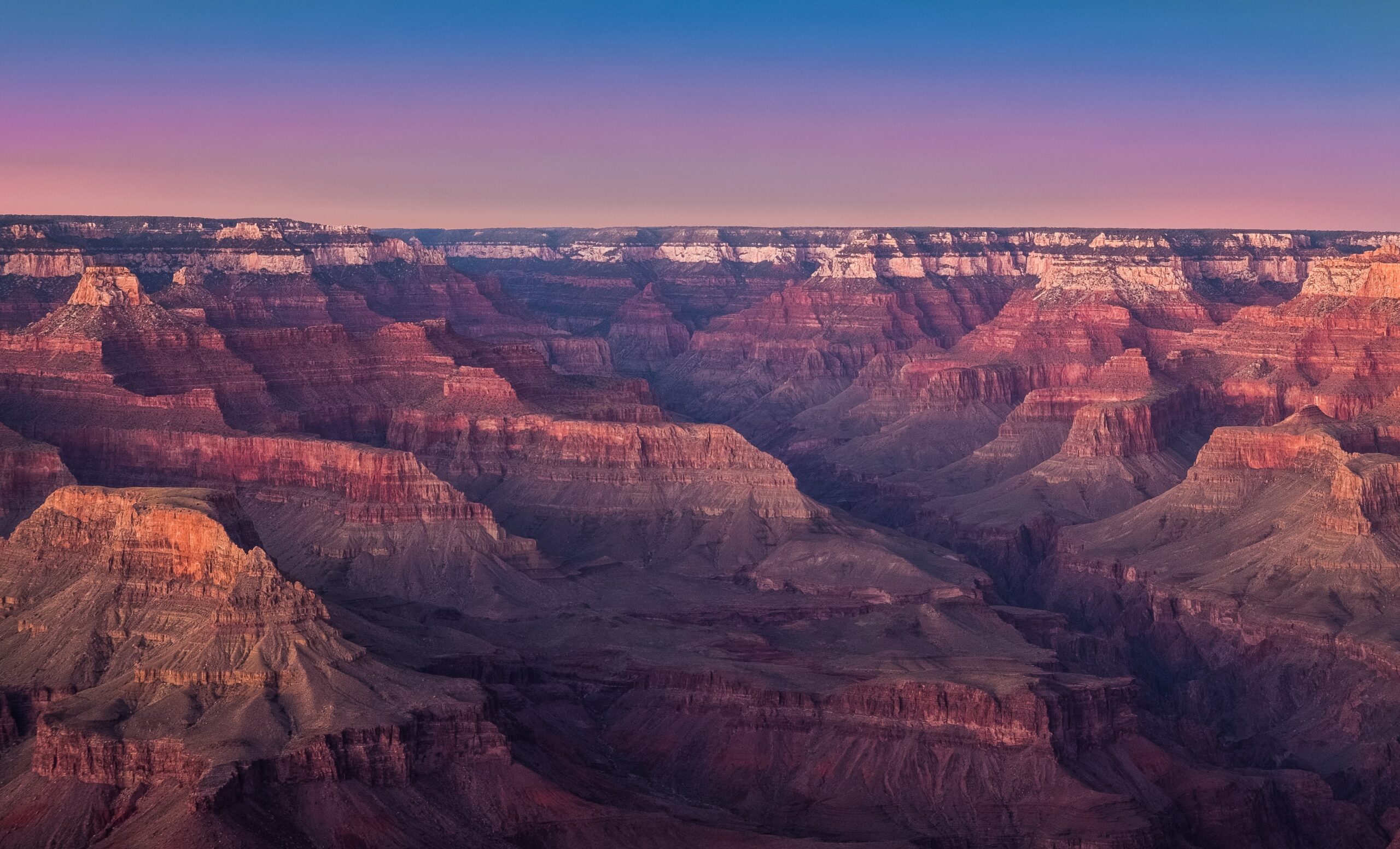
Table Of Content
- Exploring the Grand Canyon
- Admiring the Magnificent Views
- Awe-Inspiring Hikes and Trails
- Learning About the Grand Canyon’s History
- Capturing the Grandeur of the Grand Canyon
Introduction
Are you ready to experience the grandeur of the Grand Canyon? This majestic US landmark has been inspiring visitors since it was first established as a National Park in 1919. There’s nothing quite like standing on the edge of the canyon and looking out over its vast expanse. In this blog, we’ll explore the best ways to experience the Grand Canyon and make the most of your visit.
Exploring the Grand Canyon
The Grand Canyon is one of the most iconic natural wonders in the world. Located in the state of Arizona in the United States, this natural marvel is a sight to behold. With its steep gorges and majestic landscape, it is an ideal destination for hikers, campers, and nature lovers alike. But there is much more to the Grand Canyon than just its natural beauty—it is also a window into the past.
A Land Like No Other
The Grand Canyon is an immense geological structure, stretching 277 miles (446 km) across the Arizona desert. It is a canyon of staggering proportions, with a maximum depth of 1.6 miles (2.6 km) and a width of 18 miles (29 km) at its widest point. It is a landscape of spectacular beauty, with its towering cliffs and sculpted spires.
The canyon is home to an array of wildlife, including bighorn sheep, elk, and mule deer, as well as a variety of birds, amphibians, and reptiles. It is also home to the Havasupai, a Native American tribe that has lived in the canyon for centuries.
Exploring the Canyon
Exploring the Grand Canyon is an unforgettable experience. The best way to experience the canyon is by hiking along its trails. There are hundreds of miles of trails to explore, from easy loop hikes to multi-day backpacking trips.
For those looking for a more leisurely experience, the South Rim offers numerous scenic overlooks where visitors can take in the stunning views. The South Rim is also home to a number of historical sites, including the Grand Canyon Visitor Center and Grand Canyon Village, the oldest continually inhabited settlement in the park.
For an even more immersive experience, visitors can take a guided tour into the depths of the canyon. The National Park Service offers a variety of tours, from mule rides to rafting trips. There are also a number of private tour companies that offer a variety of trips into the canyon.
The Grand Canyon’s Geology
The Grand Canyon is more than just a stunning landscape—it is also a geological marvel. The canyon was formed over millions of years by the erosive power of the Colorado River. This process has exposed the layers of the Earth’s geologic history, allowing visitors to explore a timeline of the planet stretching back two billion years.
The canyon is also home to a variety of rock formations, from the red sandstone of the South Rim to the limestone of the North Rim. These rocks provide insight into the history of the canyon and the forces that shaped it.
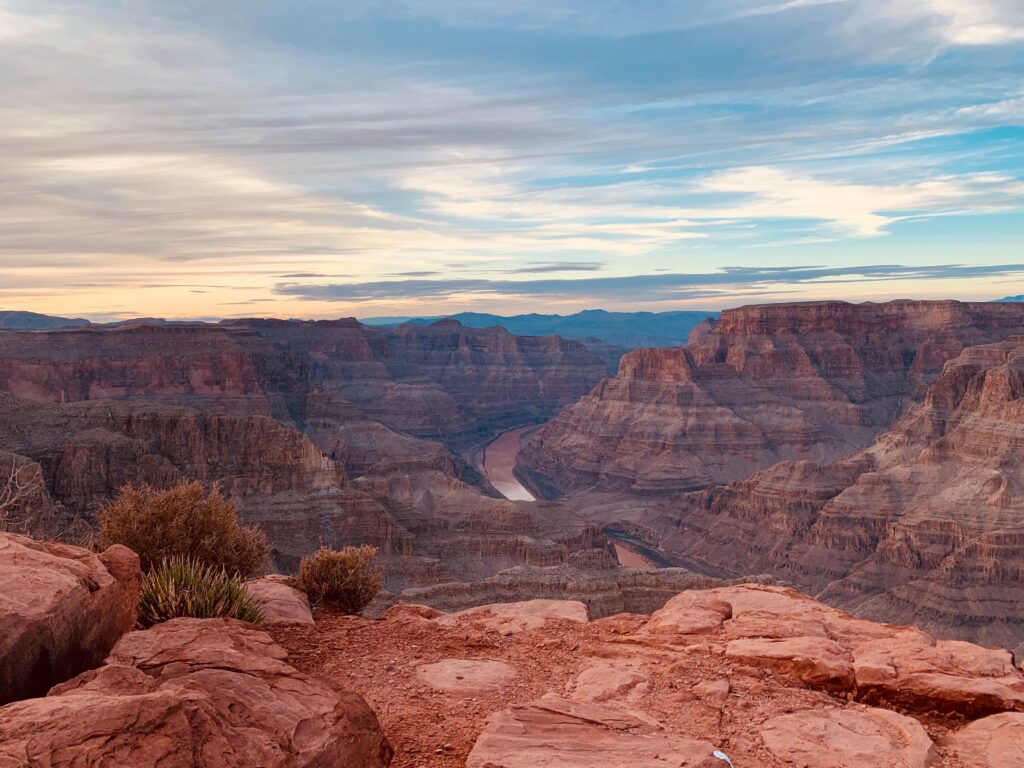
A Must-See Destination
The Grand Canyon is a must-see destination for anyone looking to experience nature in all its grandeur. With its spectacular views and rich geological history, it is a place that will stay with you long after you have left. Whether you plan to explore its trails or just take in its beauty from afar, the Grand Canyon is an experience you will never forget.
Important SEO Keywords: Grand Canyon, Arizona, explore, trails, South Rim, geological history.
Admiring the Magnificent Views at the Grand Canyon
Experiencing the Grand Canyon is truly an awe-inspiring experience. Whether you are visiting for the first time or a return visitor, the breathtaking views are sure to take your breath away. With its stunning landscapes, the Grand Canyon is a popular destination for nature lovers and outdoor enthusiasts.
The South Rim
The South Rim of the Grand Canyon is the most visited area of the national park. It offers some of the most stunning views of the canyon, as well as numerous activities for visitors. From hiking and biking trails to mule rides and camping, the South Rim has it all.
The North Rim
The North Rim of the Grand Canyon is a bit less traveled, but equally as stunning as the South Rim. It offers some of the most beautiful and secluded views of the canyon. Visitors can take in the sights from the vista points, go on a hike, or take a mule ride.
The East Rim
The East Rim of the Grand Canyon is less visited than the South and North Rims but no less beautiful. It offers some of the most dramatic views of the canyon, including the breathtaking view of Horseshoe Bend. Visitors can explore the area on foot or by car, take pictures, or even go on a guided tour.
The West Rim
The West Rim of the Grand Canyon is home to the Skywalk, a horseshoe-shaped glass bridge that hangs over the edge of the canyon. It offers stunning views of the canyon, as well as the opportunity to walk over the edge in a safe and secure environment. The West Rim also offers helicopter tours and other activities.
No matter which rim of the Grand Canyon you visit, you are sure to be rewarded with breathtaking views. Whether you explore the area on foot, by car, or by helicopter, you are sure to appreciate the grandeur of the Grand Canyon.
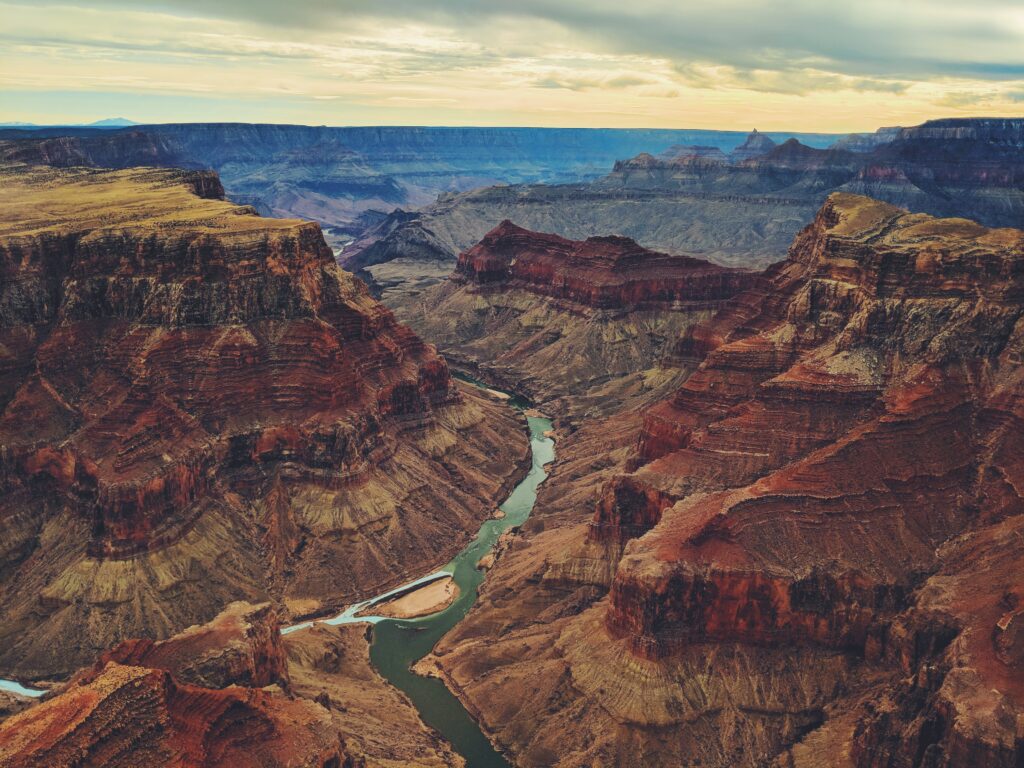
Awe-Inspiring Hikes and Trails in the Grand Canyon
The Grand Canyon is one of the most awe-inspiring sites in the world. Its sheer size and grandeur are enough to make anyone feel small and insignificant. The best way to experience the grandeur of the Grand Canyon is to go on one of its many hikes and trails and take in the beauty of the canyon first-hand.
Popular Trails
The Grand Canyon offers a variety of hiking trails for all levels of experience. The most popular and well-known trails are the Bright Angel Trail, the South Kaibab Trail, and the North Kaibab Trail.
The Bright Angel Trail is a 9.5-mile round-trip hike that takes you to the bottom of the Grand Canyon and back. It is a great hike for people of all ages as it is relatively easy and offers stunning views of the canyon.
The South Kaibab Trail is a 6-mile round-trip hike that takes you to the bottom of the canyon and back. It is a steeper and more challenging hike than the Bright Angel Trail, and it is recommended for experienced hikers only.
The North Kaibab Trail is a 14-mile round-trip hike that takes you to the bottom of the canyon and back. It is an incredibly challenging hike, and it is recommended for experienced hikers only.
Safety Tips
When going on any of the Grand Canyon hikes, it is important to be prepared. Make sure to bring plenty of water, snacks, a map, and a first-aid kit. It is also important to wear appropriate clothing and shoes.
It is also important to know your limits and to turn around if you become too tired. Every year, hundreds of people are injured or lost in the Grand Canyon, and it is important to take safety precautions to avoid these situations.
The Beauty of the Grand Canyon
Hiking in the Grand Canyon is an incredible experience. From the breathtaking views to the unique wildlife, the Grand Canyon offers something for everyone.
The Grand Canyon is home to many species of animals, including mule deer, elk, mountain lions, and coyotes. There are also a variety of birds, including eagles, hawks, and falcons.
The colors of the canyon are also something to behold. From the reds and oranges of the rocks to the blues and greens of the sky, the Grand Canyon is a palette of colors.
Hiking in the Grand Canyon is an experience that will stay with you for a lifetime. Whether you take a short hike or a long one, the experience will be unforgettable. So, if you ever get the chance, make sure to take advantage of it and go experience the grandeur of the Grand Canyon.
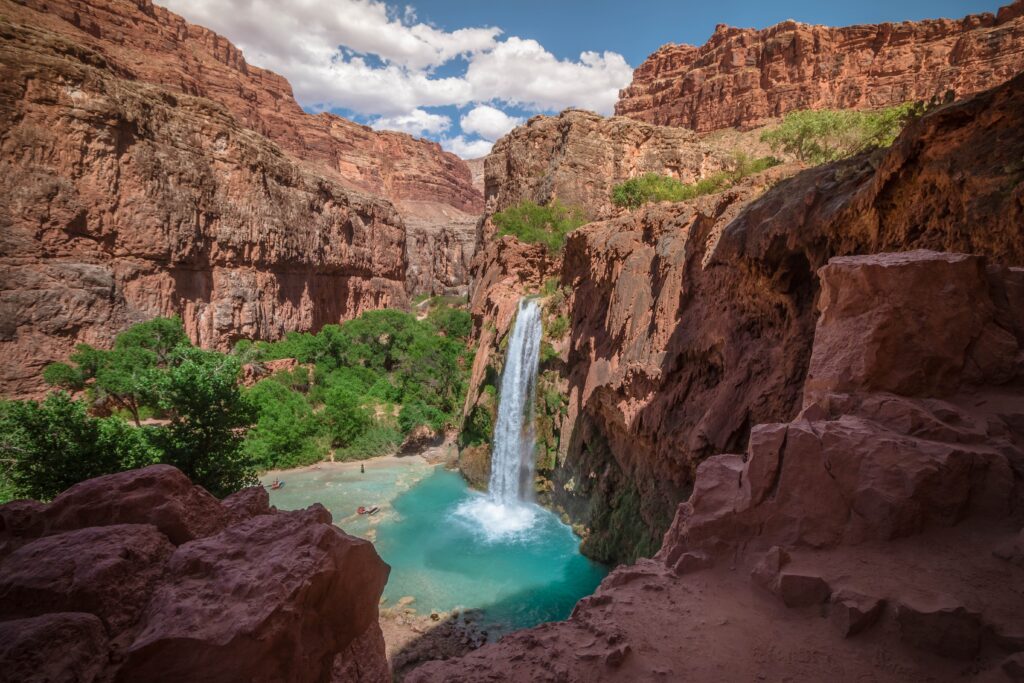
Learning About the Grand Canyon’s History
The Grand Canyon is one of the most iconic natural wonders of the world. It is a vast, diverse landscape of deep canyons, steep cliffs, and winding rivers. Its beauty is unparalleled, and its significance to the history of the United States is undeniable. The Grand Canyon has been a part of the American landscape for thousands of years, and its story is an enthralling one.
The Grand Canyon was first inhabited by the Ancestral Puebloans, who lived in the area for thousands of years before the arrival of European settlers. They were skilled farmers and hunters who left behind a rich cultural legacy. The first Europeans to arrive in the Grand Canyon region were Spanish explorers in the late 16th century. They named the canyon El Gran Cañón del Colorado, or the Great Canyon of the Colorado River.
In the 19th century, American settlers began to explore the Grand Canyon and its surrounding region. They were drawn to the area for its natural beauty and its potential for economic development. The Santa Fe Railroad was the first to build a line through the canyon in the 1880s, opening up the area to tourism.
The Grand Canyon became a national park in 1919, ensuring its preservation for future generations. The park has since become a major tourist destination, attracting more than 6 million visitors each year. Visitors come to experience the canyon’s majestic beauty and explore its diverse wildlife and geological features.
The Grand Canyon is an important part of American history. Its landscape is a testament to the power of nature, and its story is a reminder of the importance of preserving our natural heritage. Visiting the Grand Canyon is an unforgettable experience that offers insight into our nation’s past and a glimpse into one of the world’s most spectacular natural wonders.
Capturing the Grandeur of the Grand Canyon
The Grand Canyon is one of the most awe-inspiring natural wonders of the world. It is a massive gorge carved by the Colorado River and is located in northern Arizona. Its breathtaking beauty and grandeur can be seen from both the north and south rims. With its soaring cliffs, deep canyons, and spectacular rock formations, the Grand Canyon is an unparalleled sight.
Photographing the Grand Canyon
For photographers, the challenge of capturing the grandeur of the Grand Canyon is one not to be taken lightly. With its vast scale and stunning views, the Grand Canyon presents an array of photographic opportunities. To get the most out of your visit, it’s important to plan ahead and prepare for the perfect shot.
When planning your visit, it is important to consider the best time of day to get the best light. Opt for a sunrise or sunset for the most dramatic lighting. The best locations for photography are from the north rim, as it offers a broader view of the canyon. For a more intimate view, the south rim offers narrower views of the canyon.
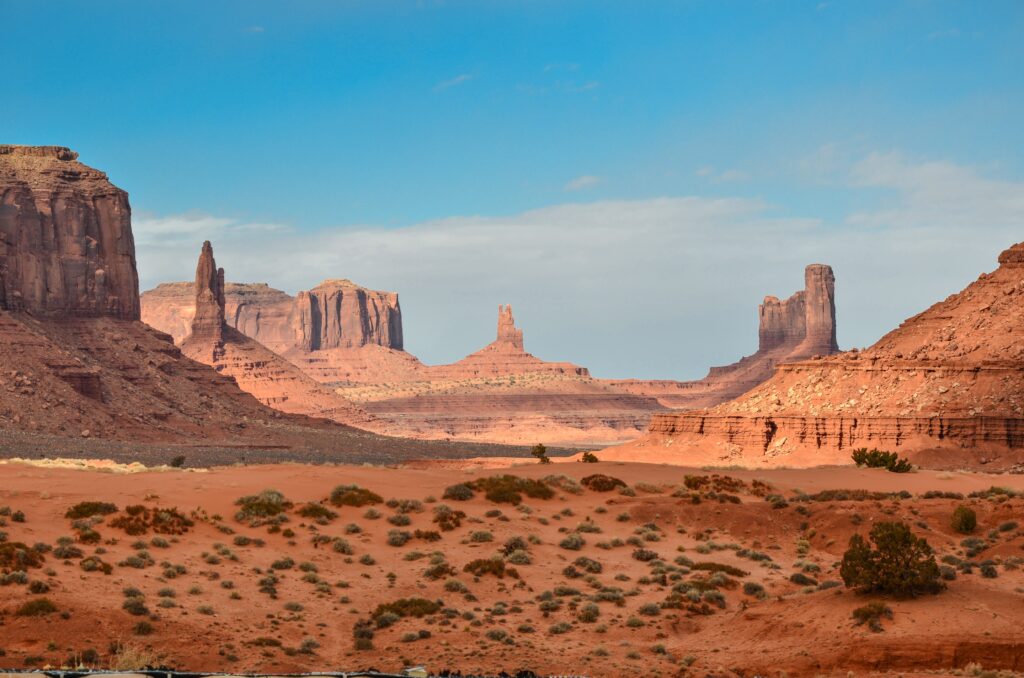
Equipment and Tips
When photographing the Grand Canyon, it’s important to have the right equipment and to follow a few tips to ensure a successful shoot. A good quality camera, a tripod, and a wide angle lens are essential for capturing the canyon’s grandeur. A polarizing filter can help reduce glare and enhance color saturation. It’s also important to bring plenty of memory cards and batteries to ensure you don’t run out of space or power.
It’s also important to be aware of the park’s regulations. Photography is permitted in most areas, but some areas may be off limits. In addition, it’s important to use caution when photographing near the edge of the canyon.
The Grand Canyon Experience
The Grand Canyon is a place that everyone should experience in person. While photographs can capture the grandeur of the canyon, there’s nothing like seeing it in person. Taking a hike, exploring the park, and soaking up the views can be a truly unforgettable experience.
The Grand Canyon is one of the most spectacular places on earth and a great destination for photographers. With its stunning views, breathtaking landscapes, and captivating beauty, capturing the grandeur of the Grand Canyon is a rewarding and memorable experience.
Conclusion
In conclusion, the Grand Canyon is an incredible place. Whether you take a guided tour or explore the park on your own, it is a place that should be experienced. Every angle of the canyon reveals something new and breathtaking, so it is a must-see for any traveler. The combination of views and activities available in and around the Grand Canyon makes it a great destination for any type of traveler. No matter if you’re looking for an adventure, a relaxing getaway, or something in between, the Grand Canyon is sure to exceed your expectations.
1. What are the best hiking trails in the Grand Canyon?
Exploring the Grand Canyon through its hiking trails is a must-do experience. Some of the best trails to consider are the Bright Angel Trail, South Kaibab Trail, and the North Kaibab Trail. Each trail offers unique perspectives of the canyon, from the depths of the inner canyon to the rim, providing breathtaking views of the vast landscape.
2. How can I best experience the sunrise or sunset at the Grand Canyon?
Witnessing the sunrise or sunset at the Grand Canyon is a magical experience. For the best sunrise views, head to Mather Point or Yaki Point on the South Rim. To capture the sunset, Hopi Point and Desert View Watchtower offer stunning vistas. Remember to arrive early to secure a prime spot and immerse yourself in the beauty of nature’s light show.
3. What wildlife can be spotted at the Grand Canyon?
The Grand Canyon is home to a diverse array of wildlife, including mule deer, California condors, bighorn sheep, and rock squirrels. Birdwatchers can also spot a variety of bird species, such as Steller’s jays and ravens. Keep your eyes peeled while exploring the canyon for a chance to encounter these fascinating creatures in their natural habitat.
4. What is the best time of year to visit the Grand Canyon?
The Grand Canyon is a year-round destination, but the best time to visit depends on your preferences. Spring and fall offer mild temperatures and smaller crowds, making it ideal for hiking and sightseeing. Summer can be hot, but it’s perfect for river rafting adventures. Winter provides a unique experience with snow-capped vistas and fewer visitors, creating a tranquil atmosphere.
5. Are there any cultural sites or museums to visit near the Grand Canyon?
Exploring the cultural heritage of the Grand Canyon region adds depth to your visit. The Tusayan Ruins and Museum offers insights into the ancestral Puebloan people who once inhabited the area. The Grand Canyon Village also features historic buildings and exhibits showcasing the canyon’s rich history. These sites provide a glimpse into the past and enhance your overall understanding of the Grand Canyon’s significance.